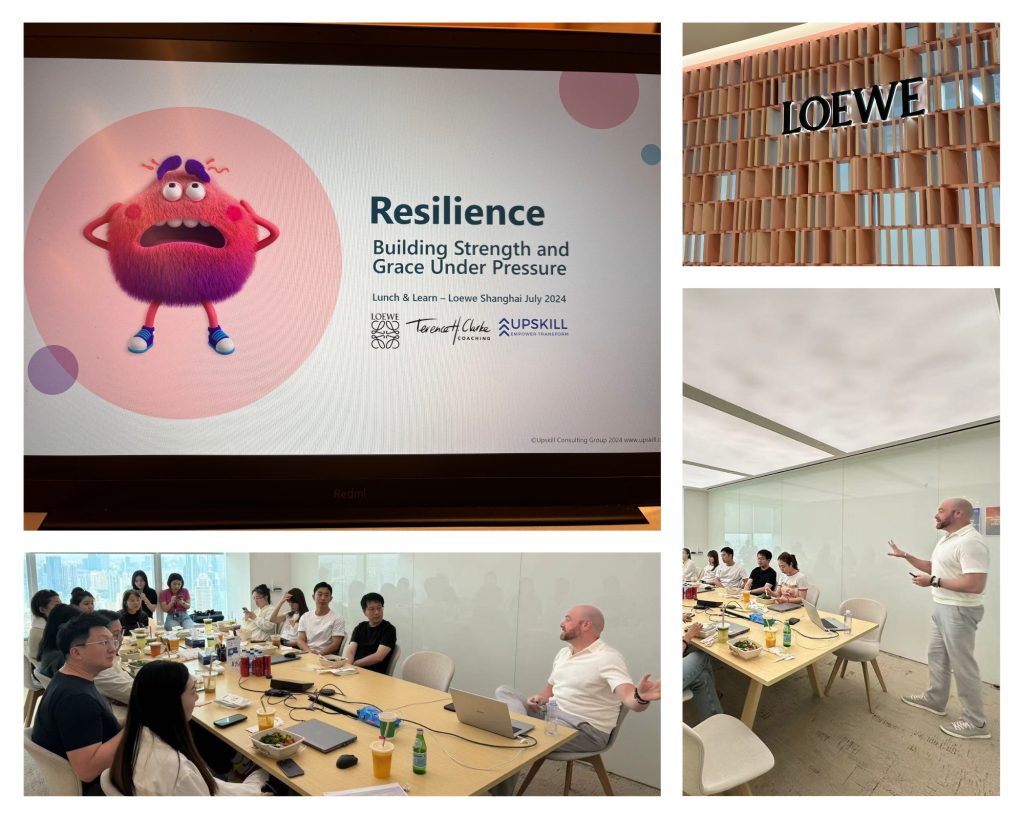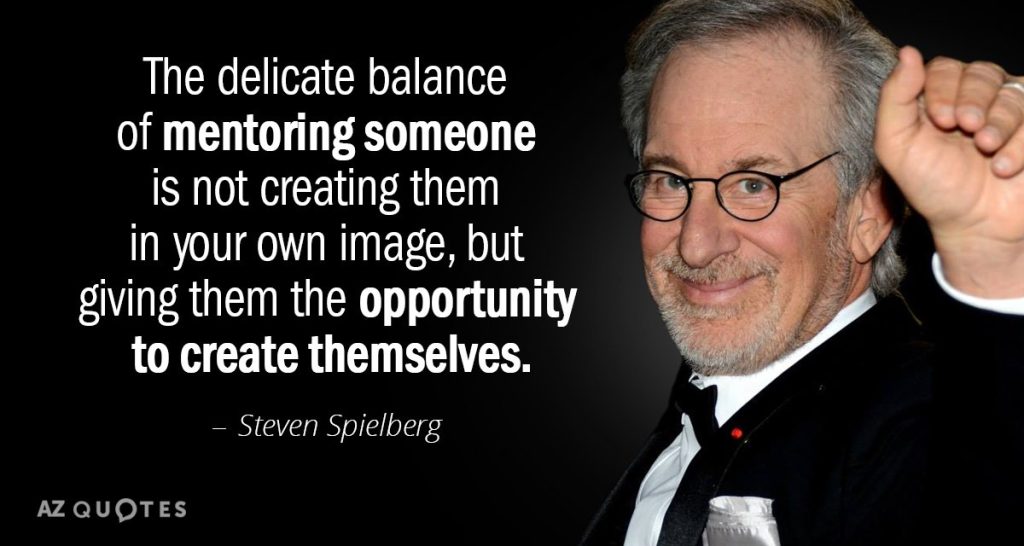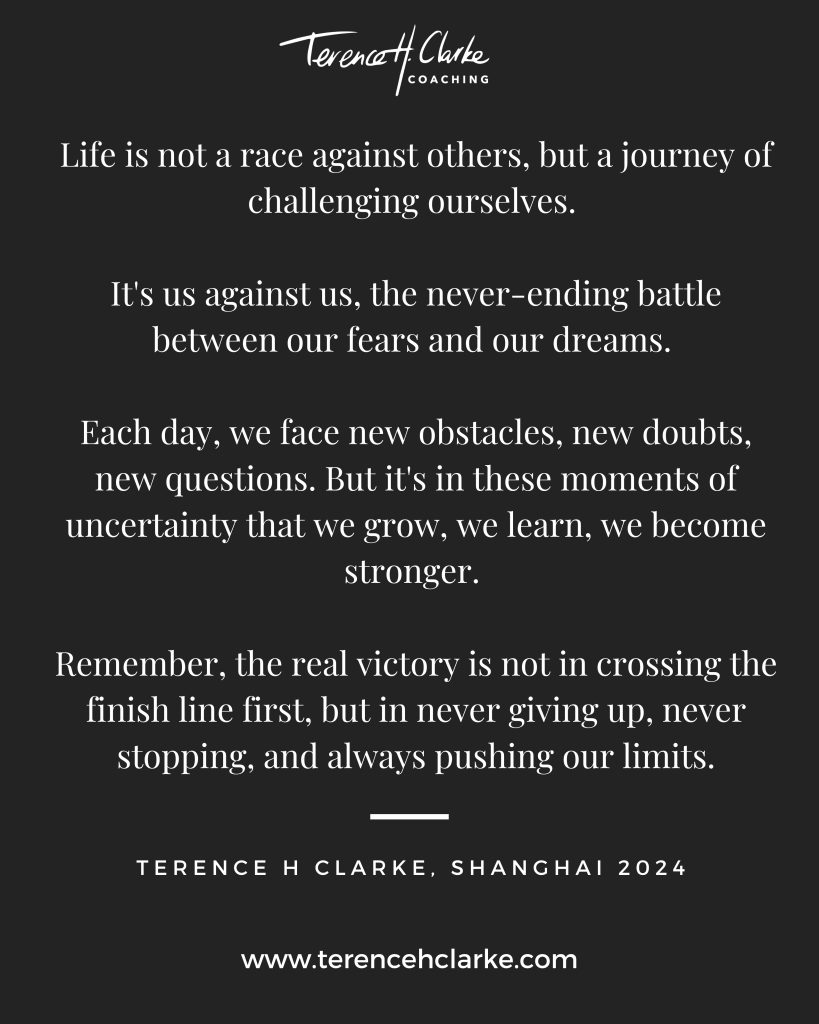As a young person, navigating the complexities of life and discovering your true self can be a daunting, yet incredibly rewarding journey. With the multitude of choices, influences, and expectations thrust upon you, it’s easy to feel lost, uncertain, or unsure of your purpose. However, with the right guidance and a commitment to self-exploration, you can embark on a transformative path of personal growth and fulfillment. In this article, we’ll explore the power of coaching to help young people find themselves, uncovering practical strategies, research-backed insights, and methodologies to guide you towards greater self-awareness, direction, and a life of meaning. The Importance of Self-Discovery for Young PeopleSelf-discovery is a crucial process for young people, as it lays the foundation for a fulfilling and purposeful life. According to a study published in the Journal of Personality and Social Psychology, individuals who have a strong sense of identity and purpose are more likely to experience greater well-being, life satisfaction, and overall psychological health. Research from the University of California, Berkeley, suggests that the adolescent and young adult years are a critical period for identity formation, where individuals grapple with questions of “Who am I?” and “What do I want to do with my life?” Navigating this period with the support of a coach can be instrumental in helping young people: The Role of Coaching in Finding YourselfCoaching is a powerful tool that can guide young people through the process of self-discovery. Unlike traditional counseling or therapy, which often focuses on resolving past issues, coaching is future-oriented, empowering individuals to take charge of their lives and create the future they desire. A skilled coach can help young people by: Methodologies and Strategies for Finding YourselfAs a young person, there are several research-backed methodologies and strategies you can explore with the guidance of a coach to help you find yourself: Throughout this journey, it’s important to remember that finding yourself is an ongoing process, not a one-time event. Be patient, compassionate, and open to the lessons that arise along the way. With the guidance of a coach and a commitment to self-exploration, you can unlock the keys to a life of purpose, direction, and fulfillment. The Power of Coaching in Facilitating Self-DiscoveryCoaches are uniquely positioned to guide young people through the process of self-discovery due to their specialized training and expertise. Unlike traditional mentors or advisors, coaches are trained to ask powerful questions, challenge limiting beliefs, and help individuals uncover their true potential. Through the coaching process, young people can benefit from the coach’s objective perspective, which can provide valuable insights and a fresh outlook on their lives. Coaches are also skilled at creating a safe, non-judgmental space where young people feel empowered to explore their innermost thoughts and feelings without fear of criticism or repercussion. Coaches are adept at tracking progress, holding clients accountable, and celebrating small wins along the way. This is especially important for young people, who may face numerous obstacles and setbacks on their journey of self-discovery. With a coach by their side, young people can develop the resilience, determination, and self-belief needed to overcome these challenges and continue moving forward. Ultimately, the power of coaching lies in its ability to empower young people to take charge of their own lives, tap into their innate strengths and abilities, and create a future that aligns with their deepest values and aspirations. By partnering with a skilled coach, young people can embark on a transformative journey of self-discovery and personal growth that will serve them well throughout their lives. Discovering your true self as a young person is a transformative process that can lead to a life of meaning, purpose, and personal growth. By leveraging the power of coaching, you can embark on a journey of self-discovery, uncovering your values, strengths, and life purpose to create a future that aligns with who you truly are. Remember, the path to finding yourself is not always linear, but with the right support, strategies, and a willingness to explore, you can unlock your full potential and chart a course towards a fulfilling and authentic life. Embrace this journey, and trust that the answers you seek are already within you, waiting to be discovered. Notice: JavaScript is required for this content.










